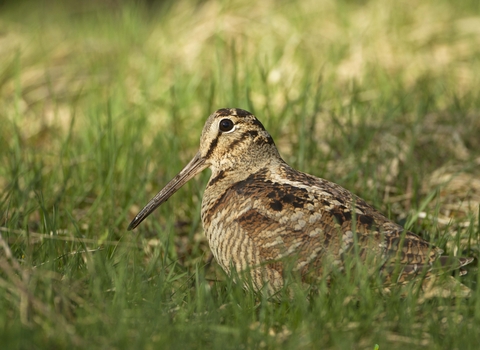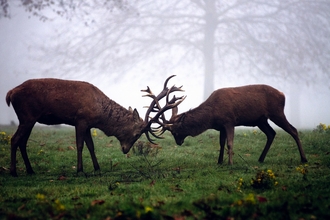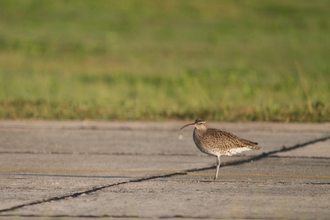
©Mark Hamblin/2020VISION
Woodcock
Sometimes known as the snipe of the woods, the exquisitely camouflaged woodcock is mainly nocturnal, hiding in the dense undergrowth of woodlands and heathlands during the day.
Scientific name
Scolopax rusticolaWhen to see
January to DecemberSpecies information
Category
Statistics
Length: 33-35cmWingspan: 58cm
Weight: 280g
Average lifespan: 4 years
Conservation status
Classified in the UK as Red under the Birds of Conservation Concern 5: the Red List for Birds (2021). Protected in the UK under the Wildlife and Countryside Act, 1981.
About
A fairly large, short-legged wading bird, the woodcock lives in woodlands and on heathlands where its mottled plumage provides it with excellent camouflage as it probes around the ground for earthworms and beetles to eat. If you happen to disturb one, it will fly off in a zig-zag pattern between the trees before dropping back to the ground and the safe, dense cover of the undergrowth. The woodcocks that breed in the UK are mostly residents, but they are joined by wintering birds from Finland and Russia.In spring and summer, male woodcocks perform a display flight known as roding. At dusk, and just before dawn, they take to the air and patrol over large areas of their forest and heathland homes, calling in a series of grunts and squeaks, competing with other males to attract females.
How to identify
Woodcocks are chunky, pigeon-sized birds with short, greyish-pink legs and a very long, straight bill. They're mostly brown, with an intricate pattern of black and grey barring, and broad, dark bars across the crown.The woodcock is larger than the similar-looking snipe and is a bird of woodlands, rather than grasslands and moorlands.



